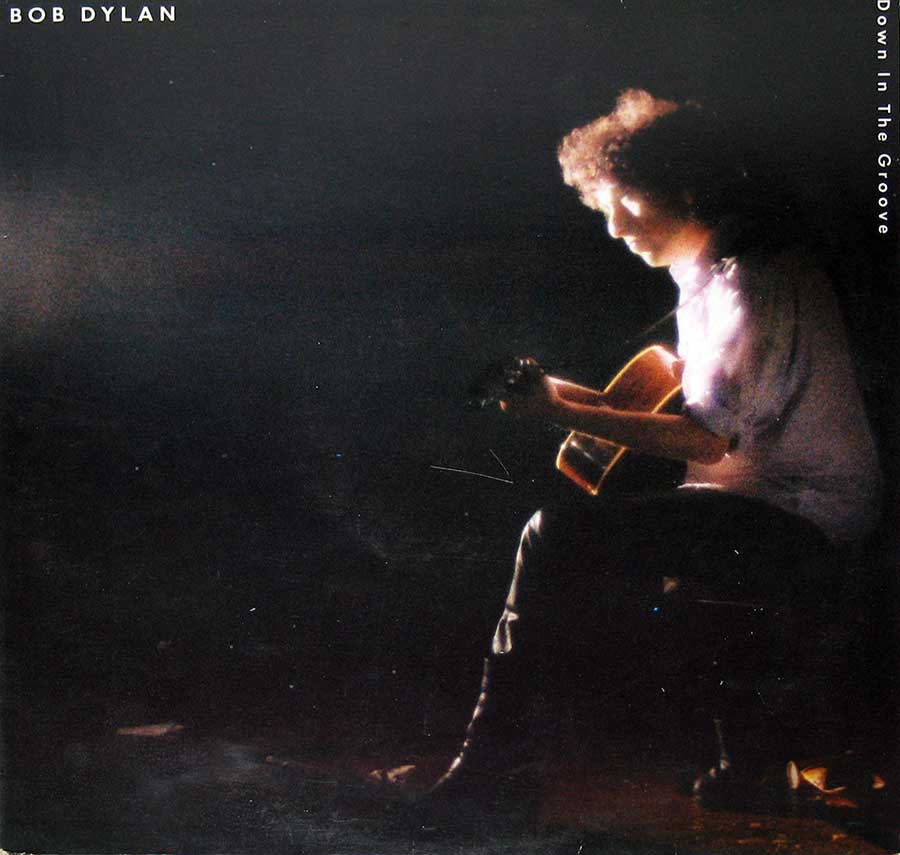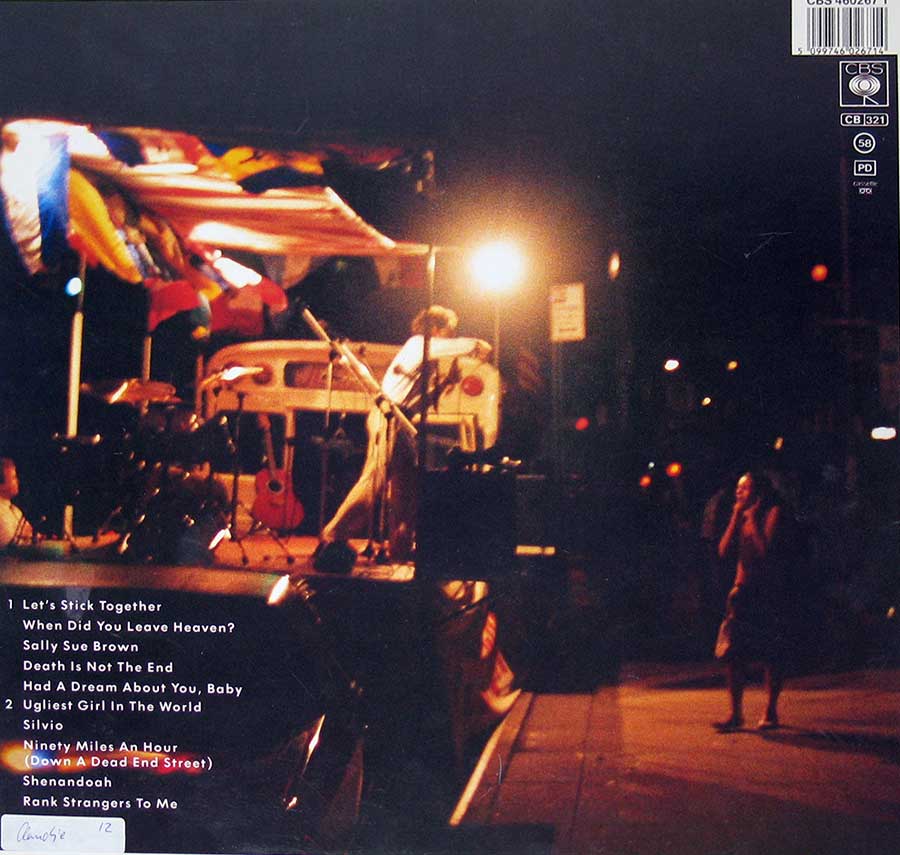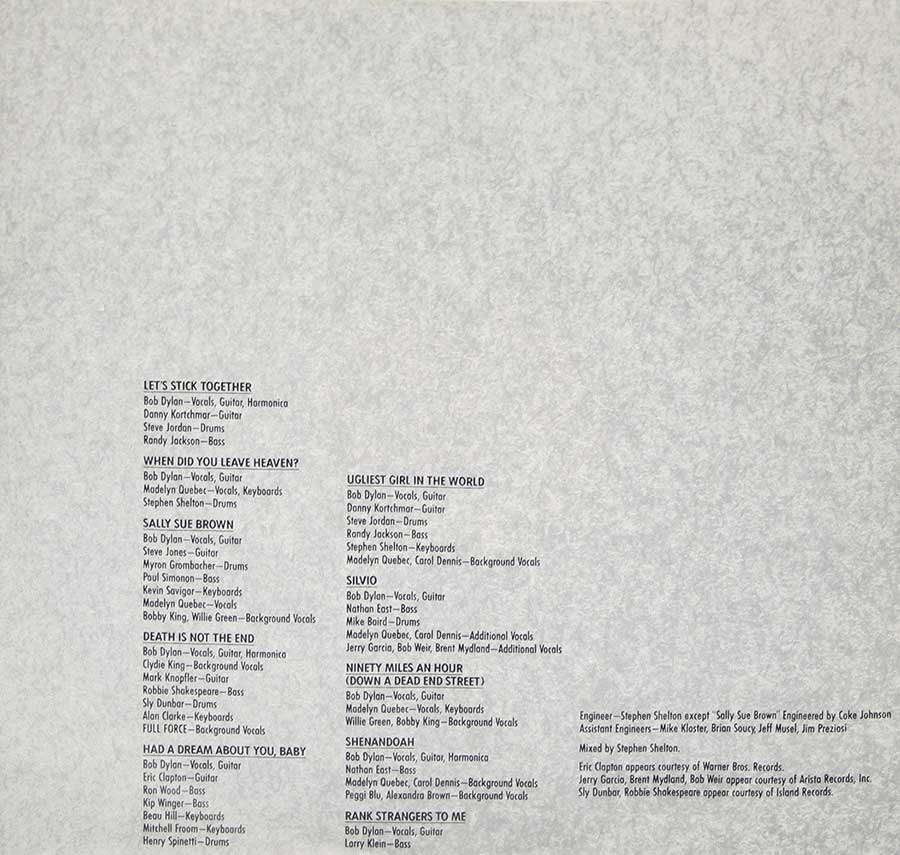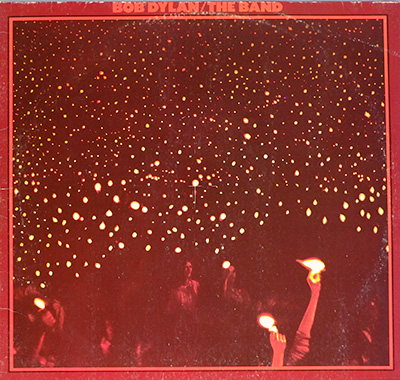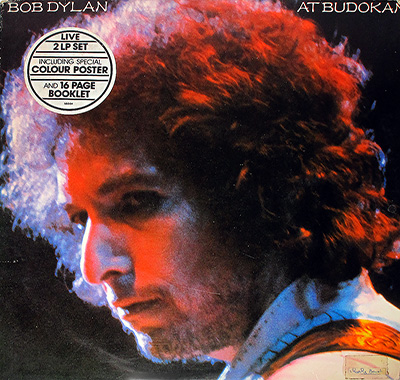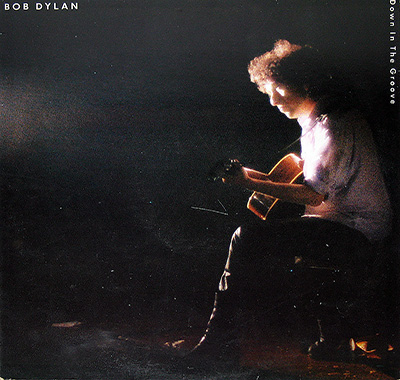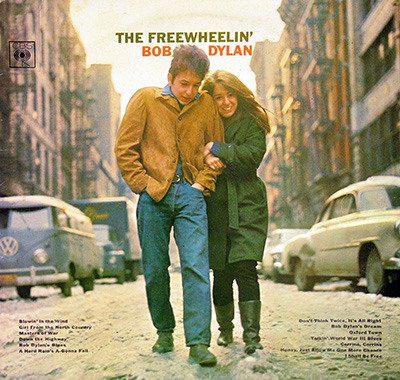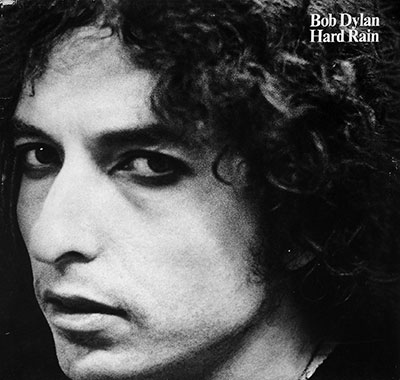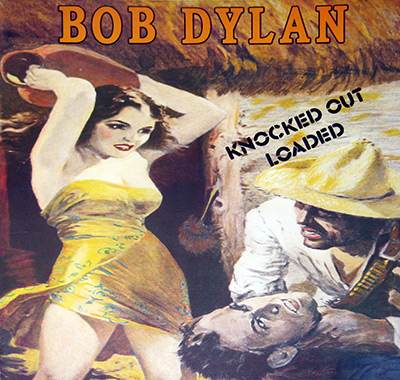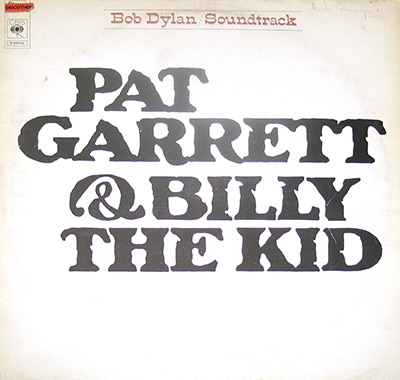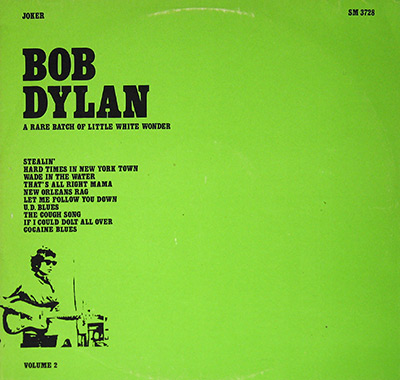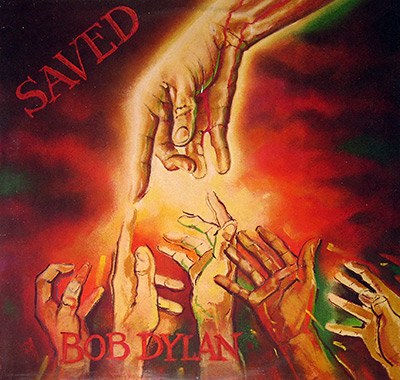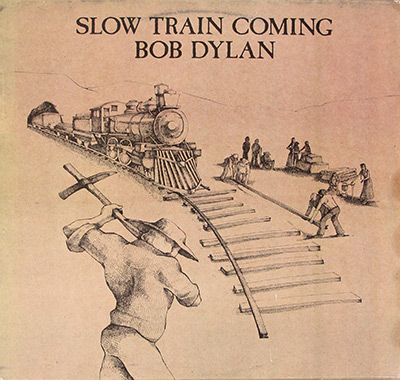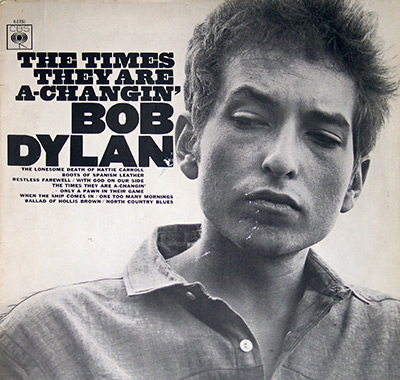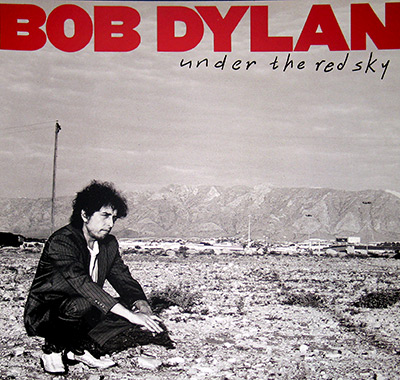Down in the Groove Album Description:
Historical Context
Released in 1988, "Down in the Groove" arrived during a commercially and creatively turbulent period in Bob Dylan's career. Following the lukewarm reception of his prior albums in the 1980s, this record attempted to reclaim relevance by inviting an eclectic mix of collaborators, though the result was anything but cohesive. The late 1980s marked a time when legacy artists were grappling with changing musical landscapes and evolving audience tastes—and Dylan was no exception.
Musical Exploration
This album represents a patchwork of styles and intentions. Tracks such as "Let's Stick Together" revisit rhythm and blues roots, while others like "Silvio" show an attempt to incorporate a more mainstream rock feel. The music fluctuates between loosely arranged jam sessions and pop-leaning production—often lacking the lyrical depth or musical cohesion that defined Dylan’s earlier masterpieces. It plays like a mixtape of odds and ends rather than a singular vision.
Music Genre
"Down in the Groove" falls broadly under Rock and Pop, with touches of blues, reggae, and R&B. However, it doesn’t settle long enough in any one genre to make a lasting stylistic impression. The genre blending contributes to the feeling of inconsistency rather than dynamism.
Controversies and Reception
Critics at the time lambasted the album for its lack of direction and perceived laziness. Despite an impressive guest roster—including Eric Clapton, Mark Knopfler, and Jerry Garcia—the album was deemed uninspired. Dylan’s voice was subdued, the lyrics unmemorable, and the arrangements at times pedestrian. Fans and critics alike questioned whether Dylan had simply lost interest or was navigating a musical identity crisis.
Production Team
The album was produced by Beau Hill, best known for his work in glam and hard rock. Engineering was handled by Stephen Shelton, with the exception of the track "Sally Sue Brown", which was engineered by Coke Johnson. Mixing was also credited to Shelton. Assistant engineers included Mike Kloster, Brian Soucy, Jeff Musel, and Jim Preziosi. This professional team lent the album a polished sound, even if the material itself didn’t always live up to the production quality.
Recording Studio
While the exact studio locations aren’t detailed, the sessions spanned various years and configurations, giving the impression of fragmented recording efforts stitched together post-factum. The presence of musicians like Sly Dunbar, Robbie Shakespeare, and Full Force suggests that multiple studios, possibly across different genres and locales, contributed to the final product. This may partly explain the album's disjointed feel.
